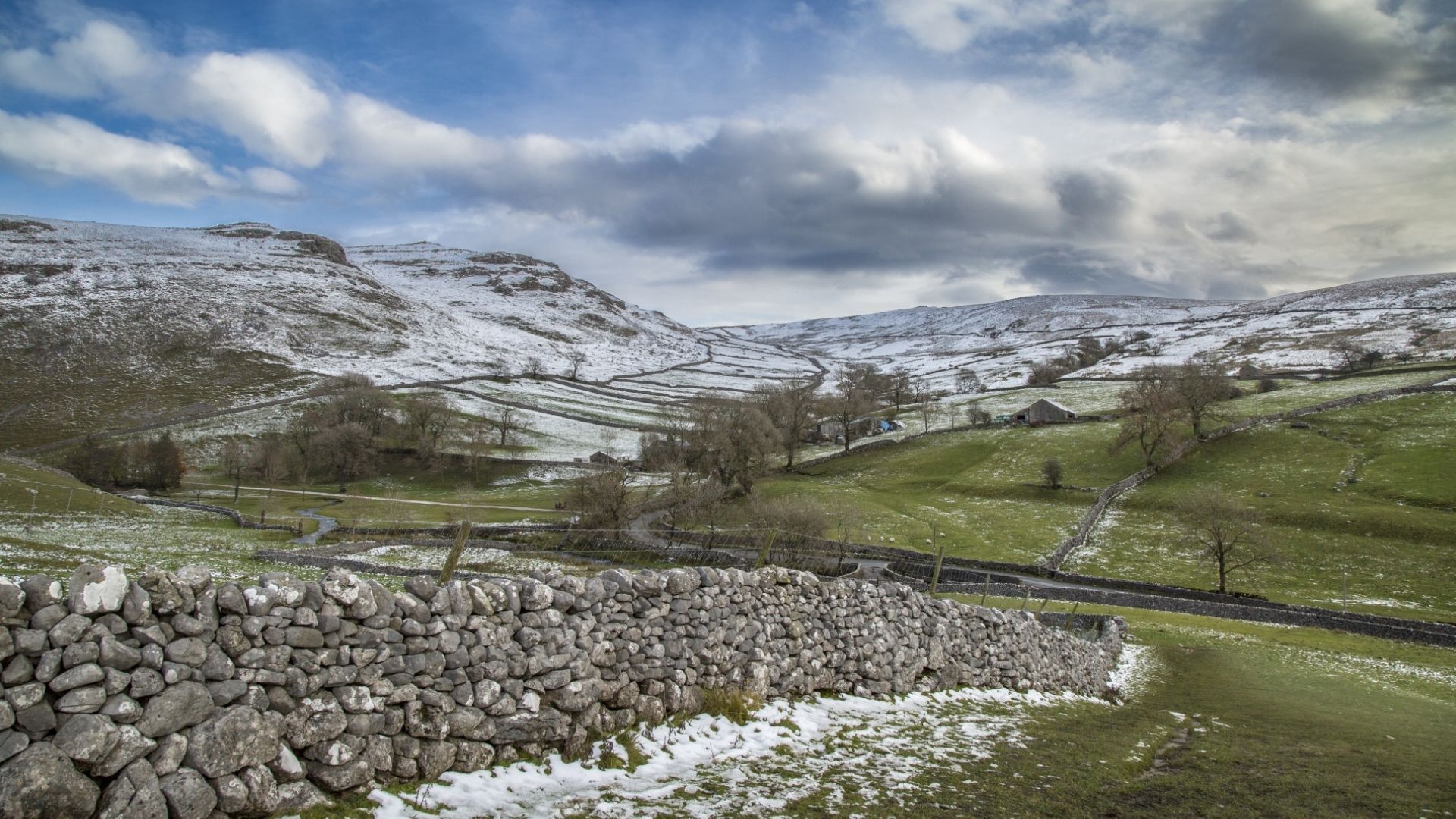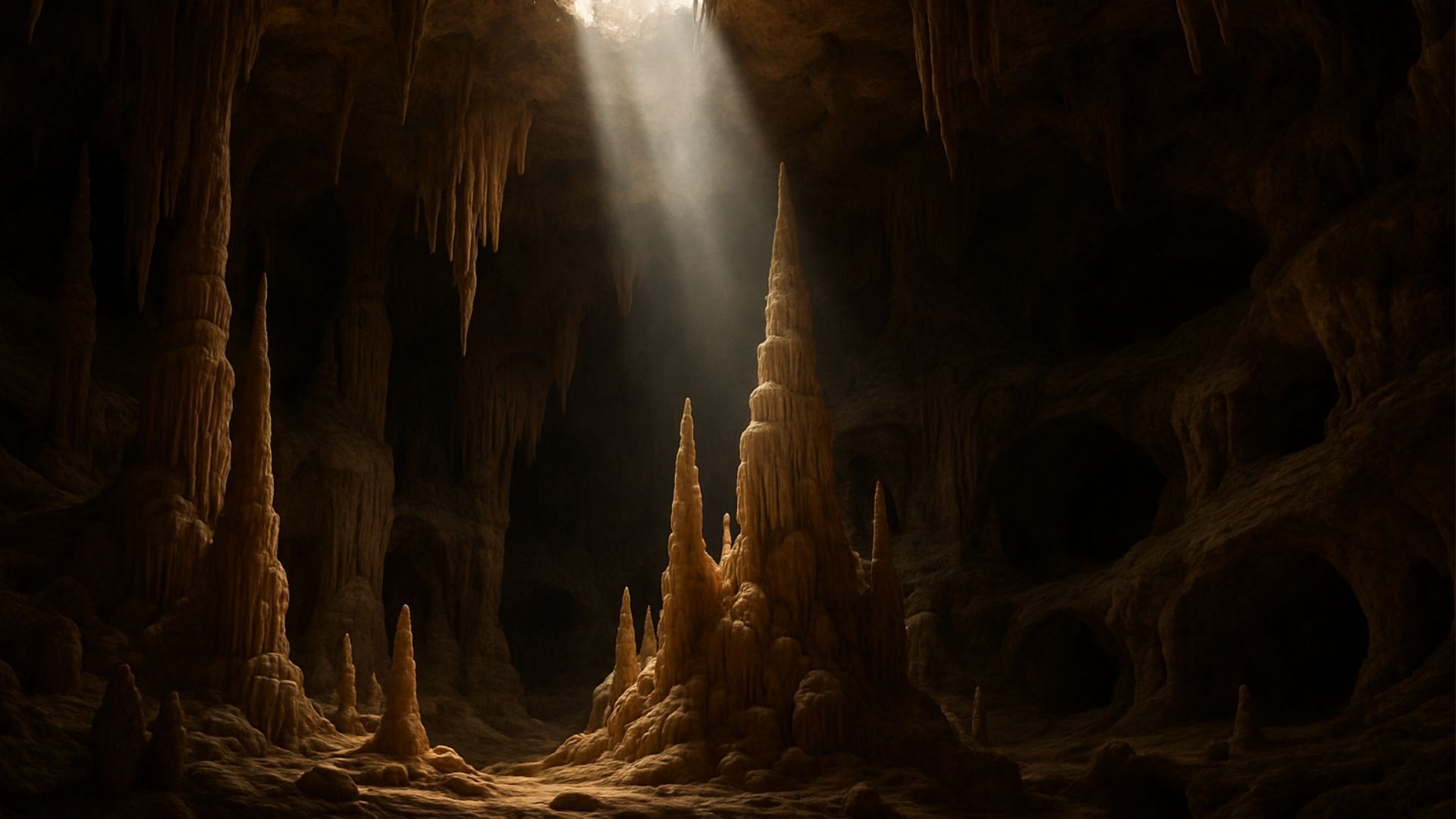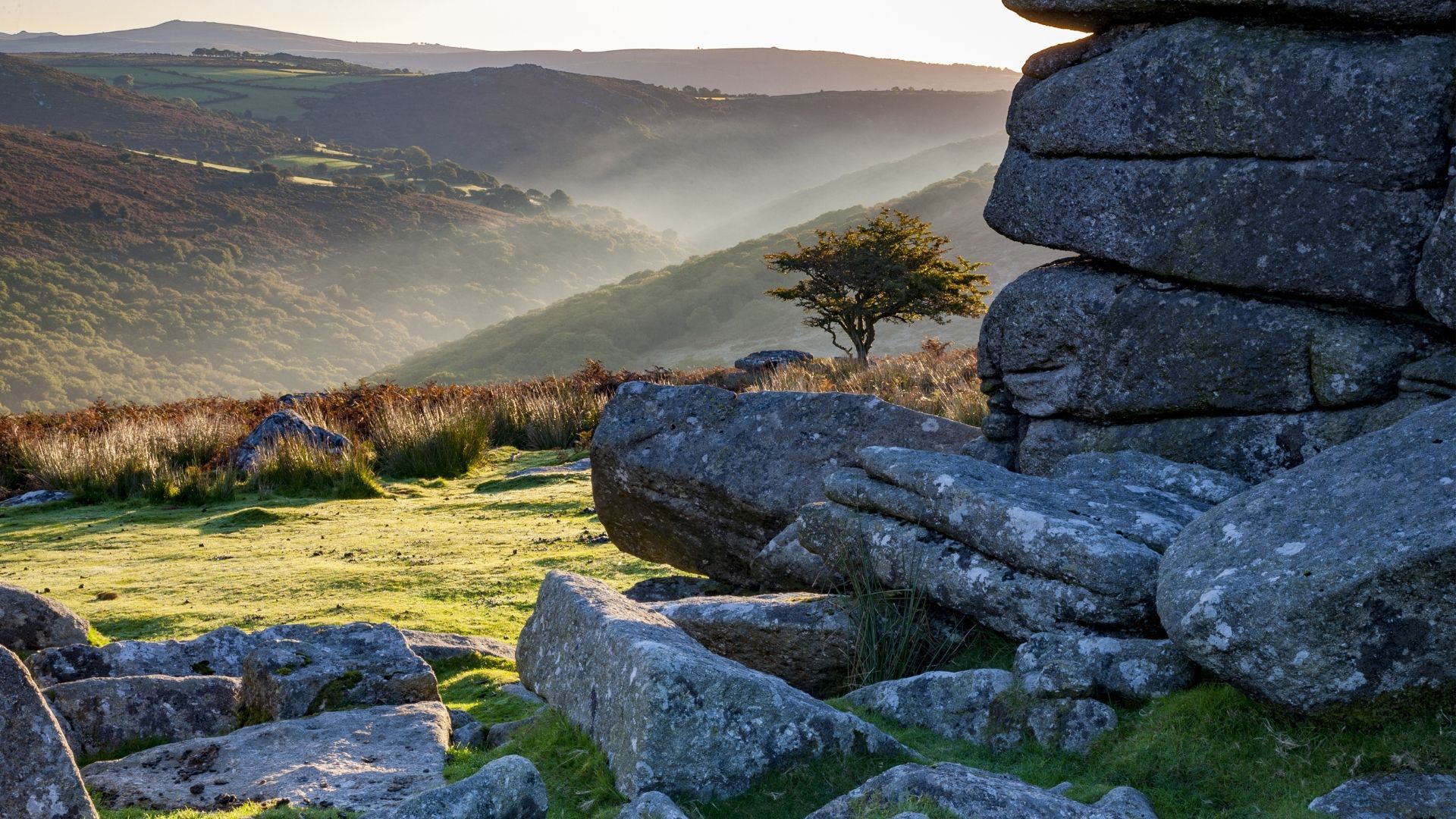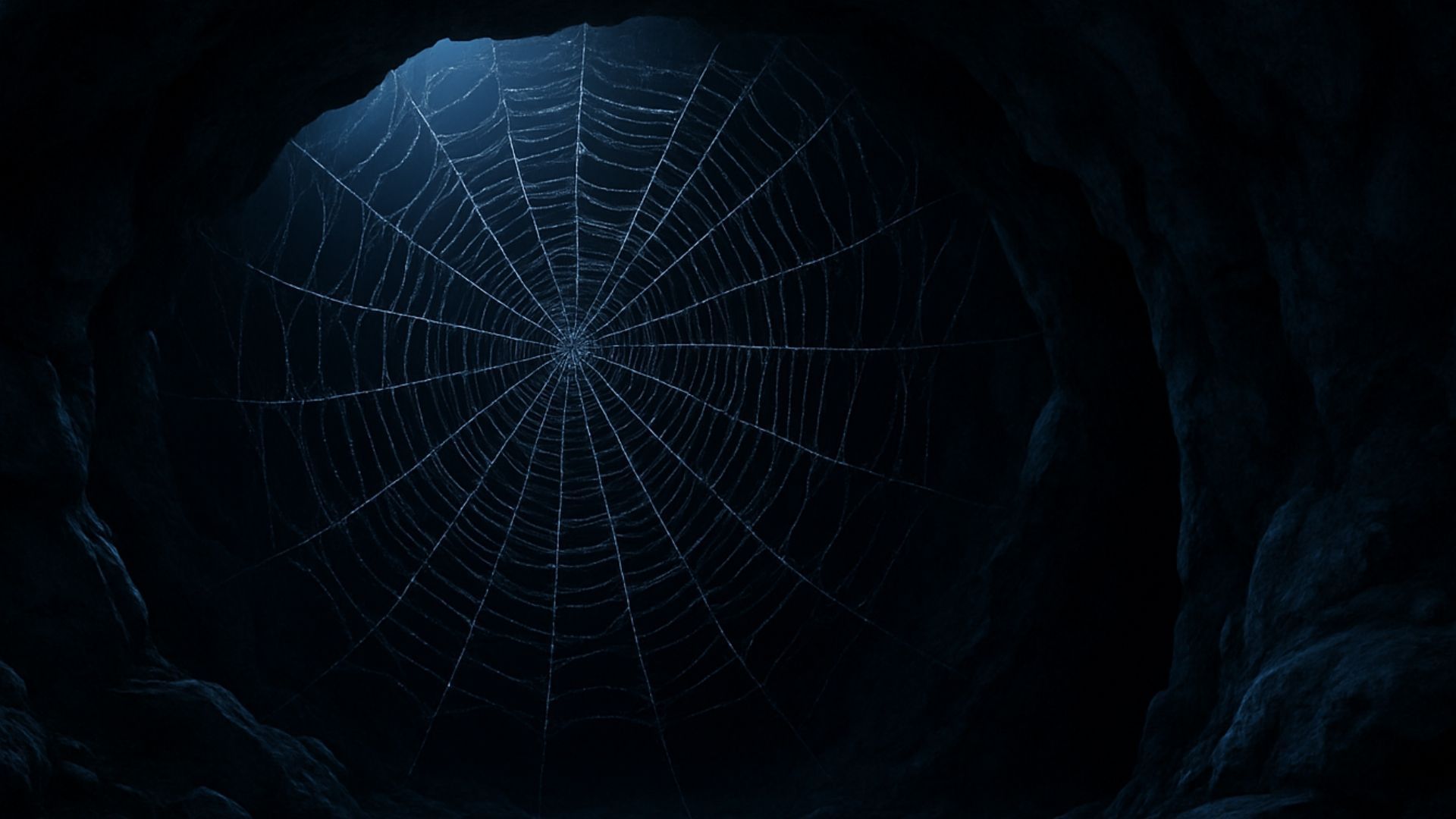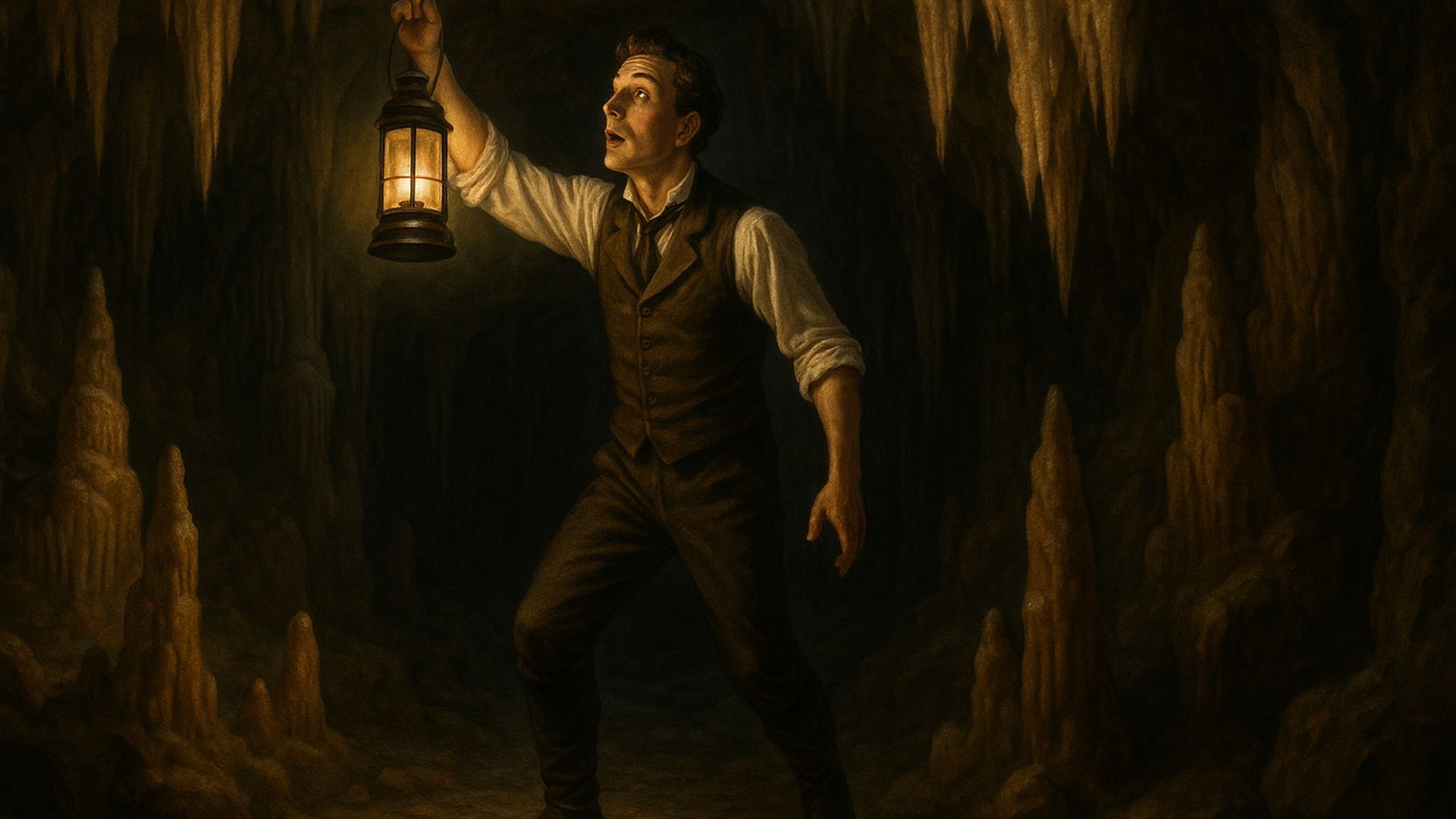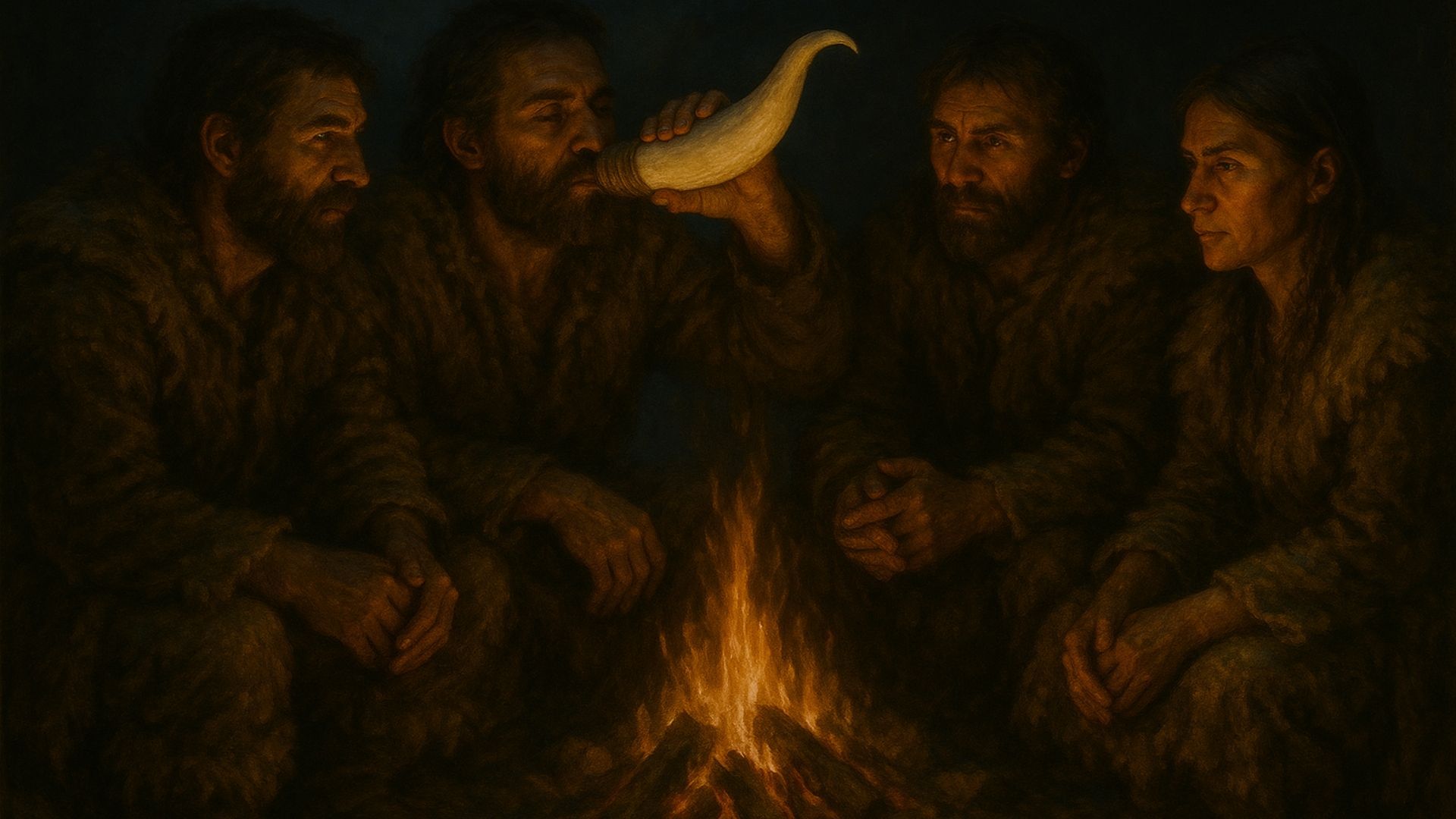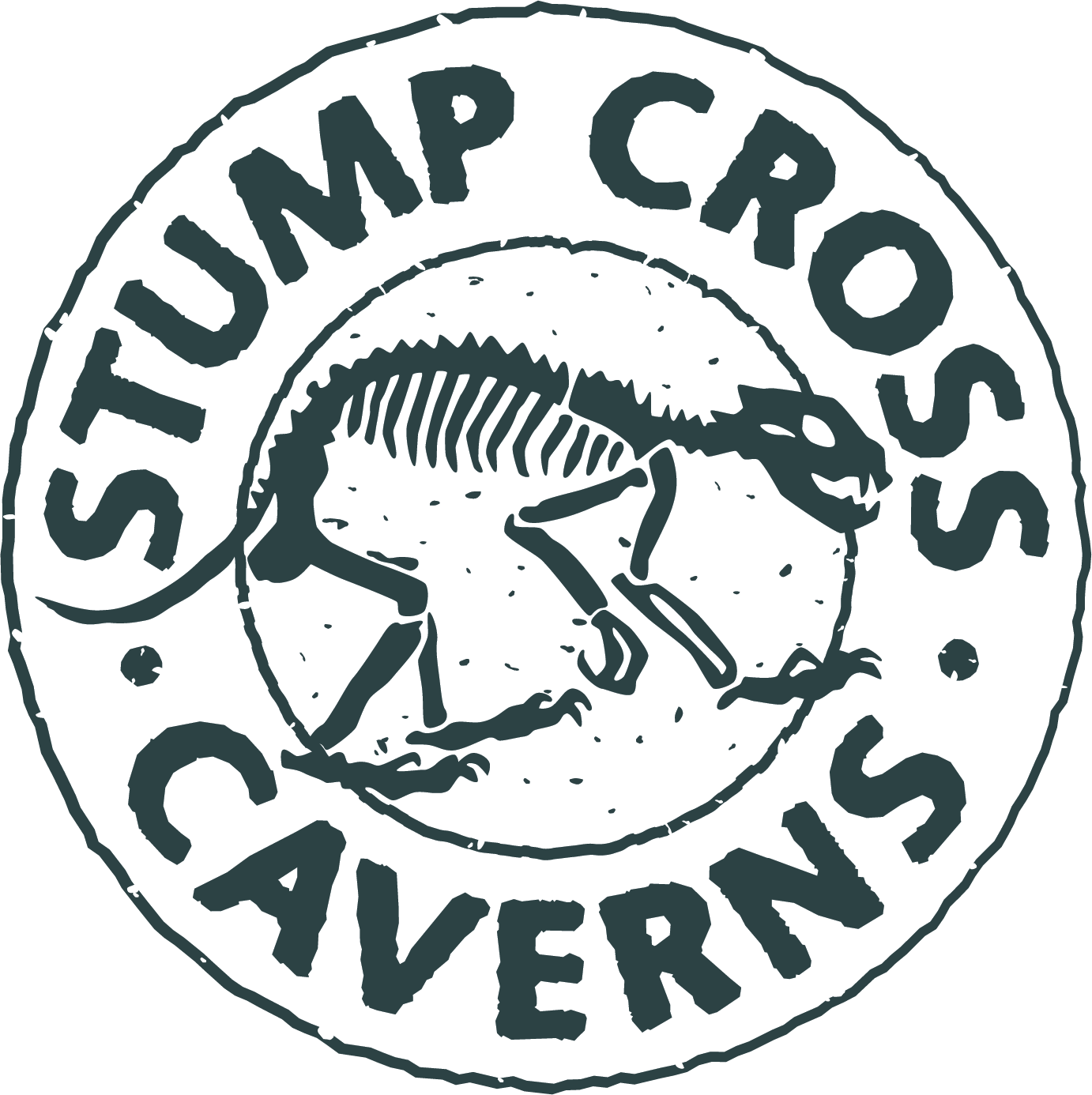From diamond rainstorms to gem-filled oceans… Learn why space is stranger (and sparklier) than you think.

Imagine looking up to the sky to see sparkling gemstones fall through the air, drifting down like snowflakes. Well, scientists believe something just as incredible is happening on the planets of Neptune and Uranus.
Deep beneath the thick clouds of these planets, the pressure and heat are so extreme that diamonds are created inside the atmosphere. Pretty cool!
These tiny diamonds sink through the thick, hot layers deep inside the planet. As they fall, the pressure and heat grow so strong that the diamonds first melt into a sparkling liquid. Then, even deeper down, they turn into gas.
The carbon gas floats upwards, cools down, and the whole cycle starts again – a never-ending diamond rain.
Let's look at this sparkly celestial wonder in a little more detail.
How diamond rain is made
It all starts with hydrocarbons – simple gases made of carbon and hydrogen – that float around in the atmospheres of Neptune and Uranus. One of the most common hydrocarbons there is methane (yes – that methane).
Far beneath the clouds, the pressure is much stronger than it is here on Earth, and the temperature is very, very hot. This means the hydrocarbons break apart naturally, with the carbon atoms separating from the hydrogen and clumping together.
Because of the incredible pressure deep inside the planets, the carbon atoms are squeezed into their most stable form: diamond.
At first, the diamonds are microscopic – far too small to see without a microscope. But as they fall deeper, they clump together into bigger diamonds.
As these diamonds sink toward the planets' cores, the temperatures become so hot that the diamonds vaporise into carbon gas. The gas floats back upwards, cools, and the process starts all over again, which is why scientists call it "diamond rain".
This constant rising, falling and forming creates a hidden, sparkling cycle that may have been happening for billions of years.
Oceans made of diamonds?
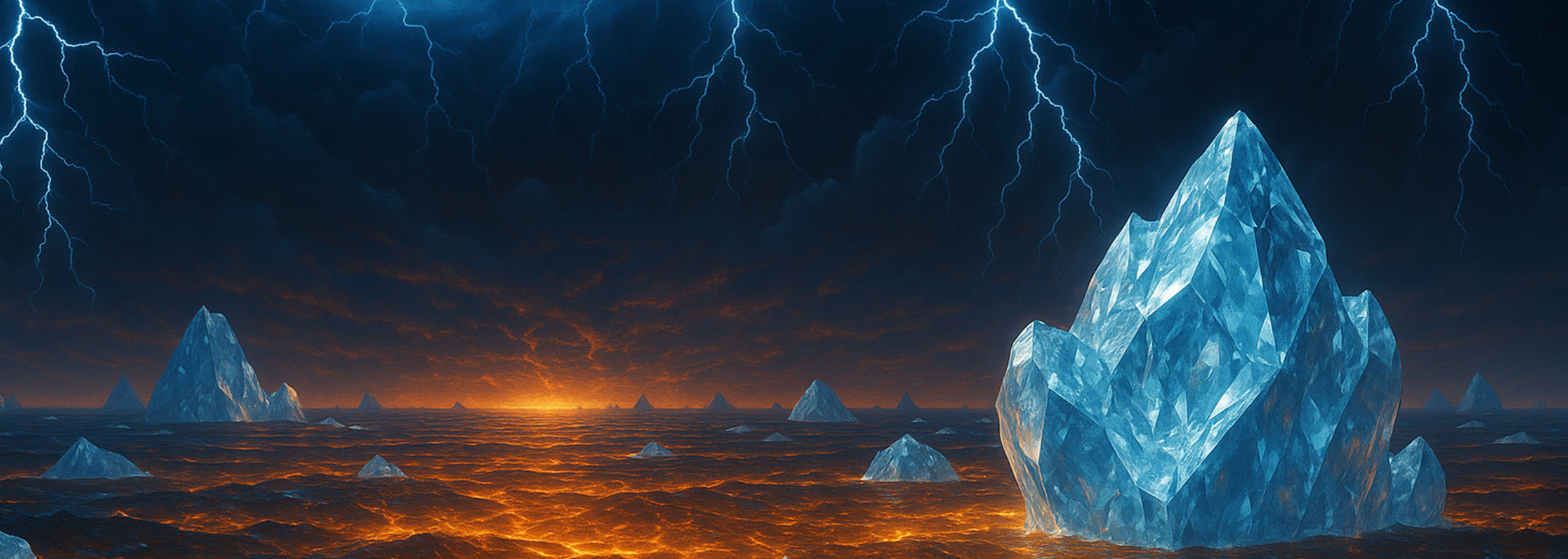
When we venture deeper inside the planets, things get even stranger.
Scientists believe that, in the very deepest parts of Neptune and Uranus, the pressure is so strong that the diamonds could melt into a glowing liquid.
There may be huge oceans of liquid diamond, with solid diamond icebergs floating gently on top. Although no one has ever seen these oceans, experiments and computer models suggest they could really exist.
Imagine a glittering sea, hidden beneath the clouds, shining with the light of a million tiny gems. Wow!
What does diamond rain look like?
Scientists think the diamonds fall slowly because the thick, heavy air inside Neptune and Uranus pushes against them.
Like peaceful snowfall here on Earth, the tiny diamonds probably drift gently through the dark skies. If you could somehow stand deep inside Neptune, it might feel like you're in a real-life snow globe – except each flake would be made of diamond.
As the diamonds vaporise and float back up, the air could shimmer and glow faintly with tiny flashes of light.
Where's the proof?
Though we can't visit Neptune or Uranus, scientists have found clever ways to study what happens there.
At places like the SLAC National Accelerator Laboratory in California, researchers use powerful lasers to blast materials like plastic (which behaves like hydrocarbons). The lasers create enormous heat and pressure, mimicking the conditions deep inside these giant planets.
In these experiments, scientists have watched tiny diamonds form right in the lab. This shows that diamond rain is not just a theory – it can really happen when the conditions are right.
Scientists believe the diamond rain could help explain why Neptune and Uranus give off more heat than they receive from the Sun. It might also explain why their magnetic fields are so strange and different from other planets.
Why diamond rain matters
Diamond rain reminds us that space is full of incredible, surprising processes we are only beginning to understand.
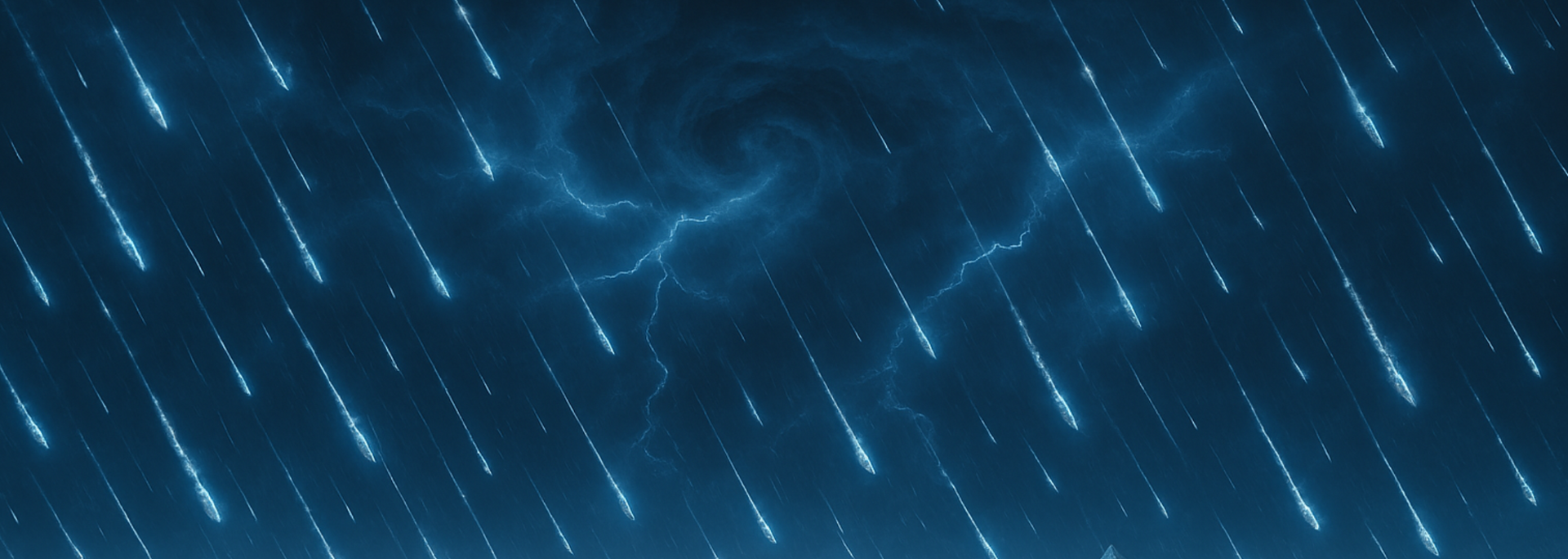
While Earth has rain that waters our gardens and rivers, Neptune and Uranus could be hosting sparkling storms of gemstones, hidden deep inside their thick, stormy skies.
Space is stranger – and far more beautiful – than anything we could imagine.
Are there other diamond worlds?
Scientists believe that some planets outside our solar system – called exoplanets – could be full of diamonds, too.
One famous example is 55 Cancri e, a planet about twice as big as Earth. Early studies suggested that its inside could be packed with diamonds – although newer research shows its true make-up might be a bit more complicated.
There's also a star called "Lucy" (officially named "BPM 37093") that has cooled into a gigantic cosmic gem. It is about the size of Earth's Moon and is made almost entirely of diamond.
The universe is full of surprises. Diamond rain is just one sparkling example.
Sparkles beneath our feet
You don't need to fly into space to find treasures shaped by pressure, heat and time.
Right here on Earth, deep underground, crystals, minerals and gemstones have been forming for millions of years. From glittering geodes hidden inside rocks to ancient diamonds formed in the Earth's mantle, our planet holds its own sparkling secrets.
At Stump Cross Caverns, you can explore some of these wonders for yourself. Our ancient caves are filled with fascinating rock formations and hold traces of the powerful forces that shaped the Earth.
Fancy being a miner for the day? Try our fun gem panning activity. You'll get a bag of spoils and can pan for real gems you can take home and keep.
Ready to explore more sparkling secrets?
At Stump Cross Caverns, our Cosmic Adventures sessions turn big ideas into hands-on fun. From exploring distant planets to uncovering sparkling secrets, young adventurers (and their grown-up co-pilots) will get stuck in and see science in a whole new way.
Book your spot today and join the adventure!


